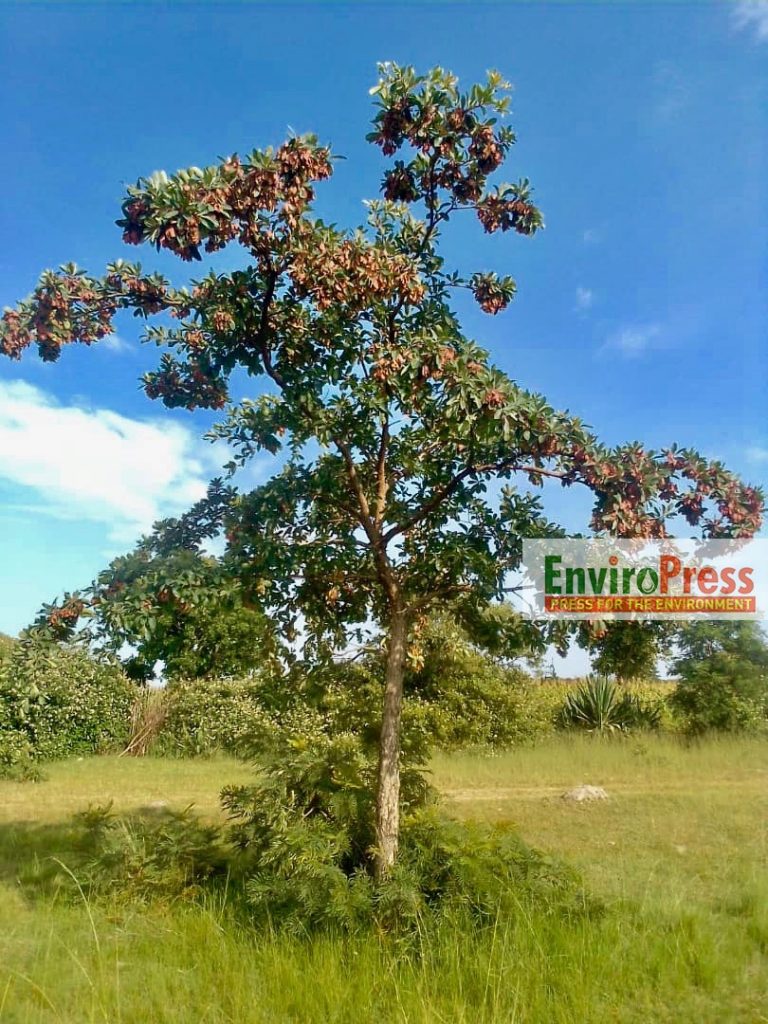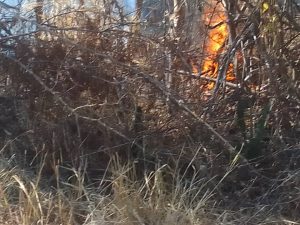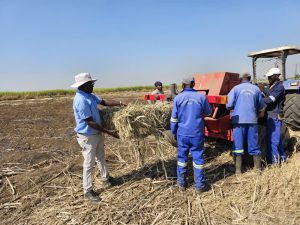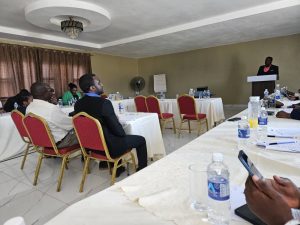Fidelicy Nyamukondiwa
“I am the Lorax, Guardian of the forest, I speak for the trees”, said Lorax. For those not in the know, Lorax is a fictional character in a 3D animation movie; Dr. Seuss’ The Lorax. It is a story about Thneedville, a city which was made of plastic. It had no trees nor any form of vegetation. The air in Thneedville was heavily polluted. The city used to be densely forested until all trees were chopped down by humans.
Plastic and synthetic trees were then made as an alternative. People in Thneedville would buy bottled oxygen, the same way we buy bottled water. The rate of deforestation in the country is deplorable, disturbing and embarrassing at the same time. Zimbabwe is slowly becoming a Thneedville. In this editorial, I will be the Lorax, I will speak for the trees, for they do not have tongues.
The shocking deforestation rate.
During the period from 1990 to 2000, Zimbabwe was ranked World’s number 9 among countries that lost the greatest amount of forest. During the 15-year period from the year 2000 to 2015, Zimbabwe embarrassingly went up to be World’s number 7 in so far as deforestation is concerned. The average annual loss of forest during the period was estimated to be a staggering 312 000 hectares.
Legislative framework
Zimbabwe has a plethora of legislation for the protection and conservation of forests. Section 73 of the Constitution sets the pace for environmental conservation. The Environmental Management Act, (EM Act), Forest Act, Communal Land Forest Produce Act (CLFPAct) and the Parks & Wildlife Act are some of the key enactments aimed at environmental conservation. The EM Act is the overarching legislation in environmental protection. The Forest Act is mainly aimed at conservation of vegetation in state and private forests while the CLFP Act is focused on regulation and protection of forests and their produce within Communal lands.
Institutional framework
The Environmental Management Agency (EMA) and the Forestry Commission have over the years been playing leading roles in forest conservation. EMA is known for imposing hit-under-the-belt fines while the Forestry Commission has been active in organizing tree planting programs. In 2021 the Forestry Commission organized a National Trees competition which saw Fauna and Flora Zimbabwe (FafloZim) coming first and winning a total of 1000 trees. Other organizations such as EnviroPress and Green Institute were amongst the top performing organizations in the competition and they each won and planted many trees.
Chiefs and headmen are urged to actively enforce environmental conservation laws as they are empowered to do so through section 282 of the Constitution of Zimbabwe and also the Traditional Leaders Act. The Zimbabwe Republic Police (ZRP) has also been influential in so far as forest conversation is concerned. The prevailing deforestation rate is however an indication that a lot more effort is needed from all responsible institutions and stakeholders.
The Parks & Wildlife Act and specially protected plants
The term wildlife is often misconstrued as meaning fauna (animals) only. It also encompasses flora (plants). This explains why the Parks and Wildlife Ac makes provision for botanical reserves and gardens to preserve and protect exotic plants and endangered indigenous plants growing naturally in the wild. It is a criminal offence to pick any plant in a botanical reserve or a botanical garden without a permit. The act defines ‘pick’ as to cut, take, gather, pluck, uproot, break, remove, damage or destroy.
The concept of specially protected animals is also applicable in so far as forest conservation is concerned. The Parks and Wildlife Act makes it an offence to pick or sell any specially-protected indigenous plants. The Gloriosa superba commonly known as Flame lily is one example of a specially protected indigenous plant. It is called Amakukhulume in Ndebele and Kajongwe in Shona. The Flame Lily is a spectacular but poisonous flower that is regarded as a national treasure in Zimbabwe. It is the National flower of Zimbabwe. A person who cuts, plucks, destroys or uproots this flower or any other specially-protected plants can be slapped with a maximum of 12 months’ imprisonment with an option to pay a fine
Protected trees
It is common knowledge that load-shedding has been a sore throat in Zimbabwe. It is also indubitable that it can indirectly lead to the extinction of some indigenous tree species. The timber industry is also a threat to forests.
In 2012, regulations were made to control the trading of firewood and timber. They are known as the Forest (Control of Firewood, Timber and Forest Produce) Regulations (SI 116 of 2012). These regulations provides for the issuing of firewood and timber trading licenses. It prescribes 12 tree species as prohibited. Even license holders are prohibited from cutting down these tree species. Prohibited trees include Mukwa, Mopane, Musasa, Munondo, Marula and Ebony. As a way of trying to contain the alarming deforestation rate, the Forestry Commission of Zimbabwe suspended the issuance of all firewood permits in 2021.
Forest conservation within communal land
In terms of section 4 of the CLFP Act, people living in communal land (commonly referred to as rural areas) have the right to exploit forest produce for their own use. Forest produce include firewood and fruits. Inhabitants of communal lands are prohibited from selling forest produce obtained within the communal land. They are also prohibited from giving or supplying firewood or fruits to non-residents. There is however no criminal nor civil sanctions for failure to comply with this law. The rationale behind such prohibitions is arguably to protect and preserve forests. If there is no penalty for failure to comply with the law, what then motivates one to obey it?
Although people living in rural areas are allowed to cut down trees for their own use, they are prohibited from cutting down those classified as ‘reserved’. The schedule of the CLFP Act has a list of 60 reserved tree species. It is an offence attracting two years’ imprisonment for a person living within communal areas to cut, injure or destroy any reserved tree without a permit. Xylopia aethiopica (Northern African dog-rose), Xylotheca tettensis (Smooth-fruited zanha) and Zanha golungensis (Hiern) are some of the reserved trees which must not be chopped without a permit.
Ignorantia juris non excusat is a criminal law principle which means that ignorance of the law is not a defense. I however find it weird to convict a rural person of this offence without proper awareness. It is an open secret that only a handful (if at all there is any) people residing in rural areas are conversant with this list of 60 reserved trees.
There is therefore need for the responsible authorities and civic society organizations and the media to join hands and engage in massive awareness campaigns to educate the communal land inhabitants otherwise the purpose of reserving these trees would be defeated.
State and private forests
Section 78 of the Forest Act makes it an offence to cut, injure, destroy, collect, take or remove any tree, timber or other forest produce in a state or a private forest without authority. Lighting a fire in a state or private forest without authority is a serious offence. The Forest Amendment Bill which was passed by parliament last year will see veld fire offenders being sent to prison without an option to pay a fine.
Indigenous plants, specially protected plants, reserved trees, prohibited trees and any other form of vegetation must be preserved and conserved at all costs. Despite there being a plethora of environmental legislation, Zimbabwe is one of the worst countries in the world in so far as forest conservation is concerned. Unless if something is done, Zimbabwe risks becoming a near Thneedville. I am the Lorax, Guardian of the forest, I speak for the trees, for they do not have tongues!!
Fidelicy Nyamukondiwa is an environmental lawyer and a former Public Prosecutor. He is the director of Fauna and Flora Zimbabwe (FaFloZim) and a member of African Wildlife Foundation (AWF).
This report was made possible through support from WAN-IFRA Media Freedom’s Strengthening African Media Programme: Climate Change and Environmental Reporting. Views expressed here do not belong to WAN-IFRA.






